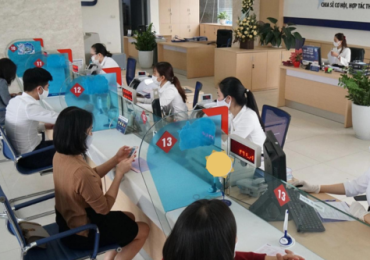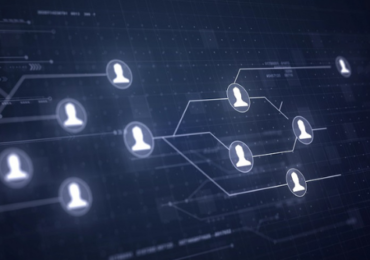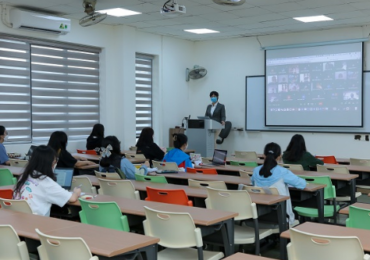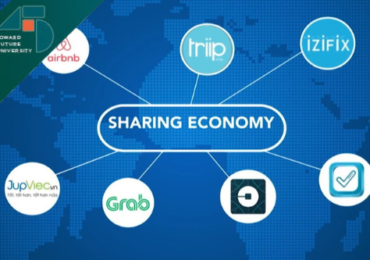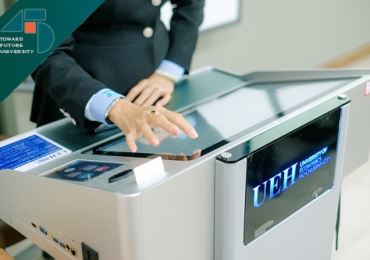People Analytics in Vietnam
10 March, 2022
In recent years, along with the explosion of data and digital technology, decision-making based on data analysis has become more and more popular in corporate governance activities. Not being out of this wave, the management of people in companies is also witnessing the strong development of a new trend: using People Analytics (PA) – in personnel activities. PA is expected to help reduce and move towards eliminating emotionality and risk in human resource decisions, helping managers have more bases in making policies on people. The question here is what PA is? Is the application of PA in human resource management in particular and administration in general in the world really effective as expected? What is the current situation and ability to apply PA in companies in Vietnam? To be able to use PA effectively, what do companies in Vietnam need to do? This article hopes to be able to give some suggestions for the above questions.

People analytics or HR analytics?
It should be stated that there is currently no unified definition of People Analytics because this is a new concept. Among the popular definitions of PA in the world, the definition “[PA is] a data analytics-driven approach to managing people in the work environment” by Gal, Jensen and Stein (2017) is the shortest definition. Besides the term PA, several other similar terms are related to human data analytics, listed as HR Analytics, Workforce Analytics, Talent Analytics, and Human Capital Analytics. In which, the term HR Analytics is a popular term and often used interchangeably with PA. However, there is a fundamental difference between these two terms in terms of characteristics as well as the scope of application.
While HR Analytics is the intersection between human resource management and data analysis, PA is the intersection of all three areas: human resource management, data analysis and financial management. Therefore, PA is far ahead of HR Analytics in both respects: usage data and usage goals.
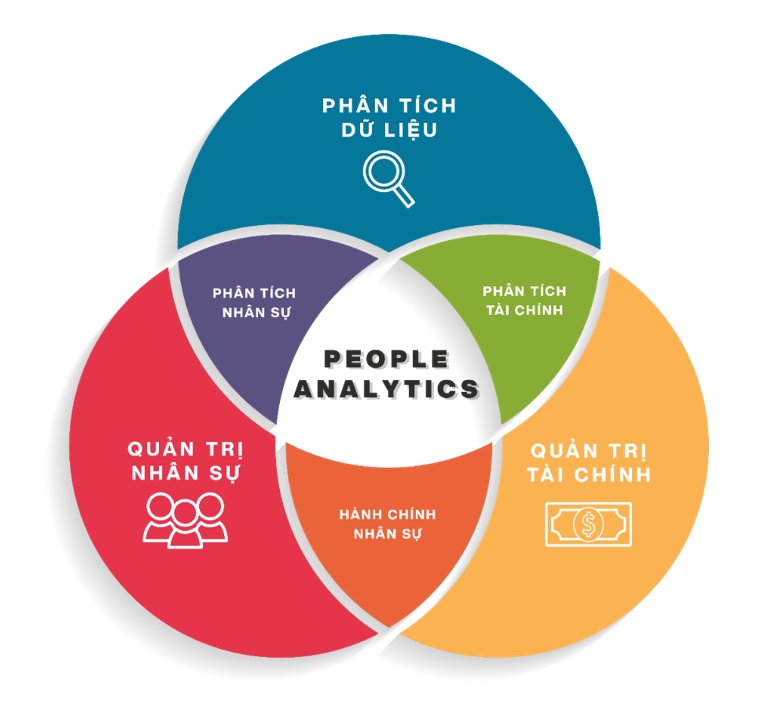
Figure 1: Relationship between People Analytics and related administrative activities. Illustration based on Van Vulpen (2019).
Benefits of applying People Analytics in administration
It must be stated that PA is increasingly being applied in corporate governance activities, especially in decisions related to human resource management. To do this, PA has brought the company four main benefits as follows: (1) Supporting for evidence-based management; (2) Limiting subjective and human bias; (3) Promoting strategic thinking; and (4) Gaining a competitive advantage.
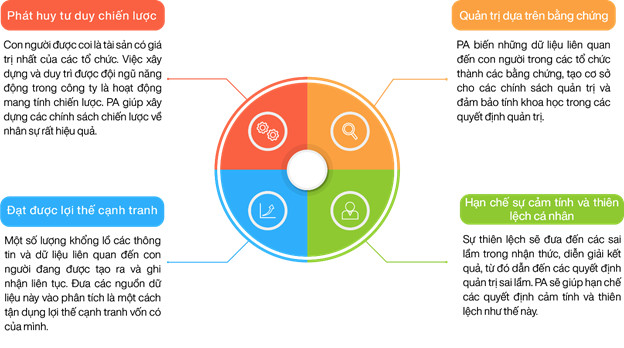
Figure 2: Benefits of applying PA in administration. The author group synthesizes and designs.
On the other hand, PA becoming a new trend in governance, not only coming from the four main effects listed above but also being driven by the following three main reasons: (1) Digitalization process and the development of digital technology; (2) Breakthroughs in data processing techniques and (3) Trend of shifting from traditional governance to evidence-based governance.
The status of People Analytics application in Vietnam
In according with Google Trends data for Vietnamese users, the keyword PA started to become popular in 2015; however, since 2017 until now, HR Analytics is a more mentioned term in Vietnam. Figure 4 compares the number of searches for PA-related terms on Google in Vietnam.
This is similar to the general trend of the world from 2017 and earlier; in contrast, starting in 2018, the world is more interested in PA than in other terms. In addition to the difference in terminology, Vietnam’s PA application level is also lagging far behind the world. If we divide the PA application into 4 levels (Bersin, 2016), the survey results in 2021 of 181 companies in Vietnam show that the current level of PA application in Vietnam is only close to the level of PA application in the world in 2013.
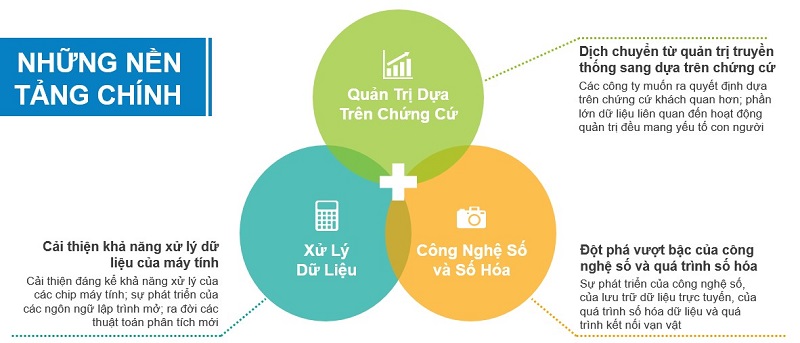
Figure 3: The foundation for People Analytics to become a new trend in governance. The author group designs based on that by Van der Laken (2018)
The survey results also show that companies in Vietnam have not focused on storing, collecting and connecting data sets within the company to be able to analyze data more effectively. This is also consistent with the result that only 50% of the companies interviewed have a need to apply PA in the future.
In addition, the survey indicates that workers in Vietnam identify PA with HR Analytics and have a high need to learn more about PA. However, only over 40% of employees answered that they desire to immediately apply PA in the company knowing that the application of PA may lead to other consequences, for example ethical and legal issues (privacy invasion).
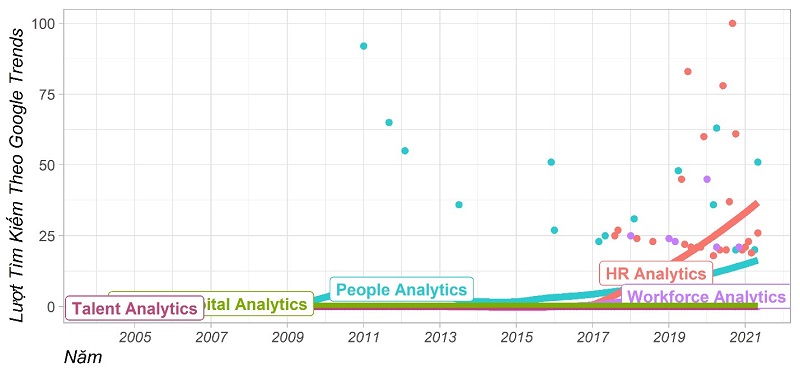
Figure 4: Comparing the Number of Search Terms On Google From Vietnam. The data is taken from Google Trends, then using a locally-weighted estimation technique – Locally Weighted Regression (Cleveland & Devlin, 1988), also known as locally weighted decomposition smoothing technique (LOWESS) – Locally Weighted Regression Scatterplot Smoothing. Aggregated data on Google Trends.
Some recommendations towards building a development environment for People Analytics in Vietnam
In order for PA to be applied and developed in Vietnam, this article would like to present necessary and important recommendations for 04 target groups. In particular, the article especially emphasizes recommendations for the target group of company leaders. To be more specific:
In terms of company leaders: The most necessary and urgent job is that leaders need to have a plan to build and perfect a centralized information collection and data management system because human data is the backbone of PA as well as to ensure privacy during data collection. Besides, in order to be able to analyze data scientifically, companies also need to build an analytical team that consists of all the skills and 4S thinking including: (1) Mathematical thinking – statistics, (2) Strategic thinking, (3) Scientific thinking, and (4) Economic information systems thinking.
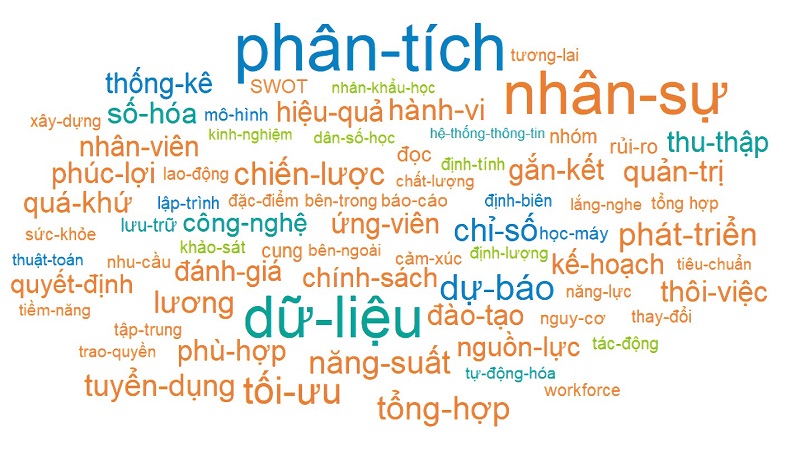
Figure 5: Perception of People Analytics among Vietnamese workers
Note: Orange – strategic thinking Blue – statistical thinking
Green – scientific thinking Turquoise – information systems thinking
(Dividing by 4S Thinking in Figure 6)
(Data from survey)
The above four types of thinking intertwine and influence each other in PA application projects. In addition, leaders of companies must actively act as a bridge between the PA team and other departments in the company because creating a bridge between the PA team and other departments in the company can help reduce mistakes in the analysis process and train thinking groups for the PA team. Finally, to be able to apply PA successfully in companies, leaders and managers themselves must have a strategic view of PA.
In terms of consulting – analysis companies: In order to ensure the effectiveness and to create trust and prestige for the PA service market, consulting and analysis companies participating in the market need to build and strictly comply with the security requirements and limitations in the process of exchanging and using the lessee’s data. At the same time, companies also should balance between business secrets and the transparency of analytical algorithms, ensuring the scientificity of analysis results and avoiding over-calculation.
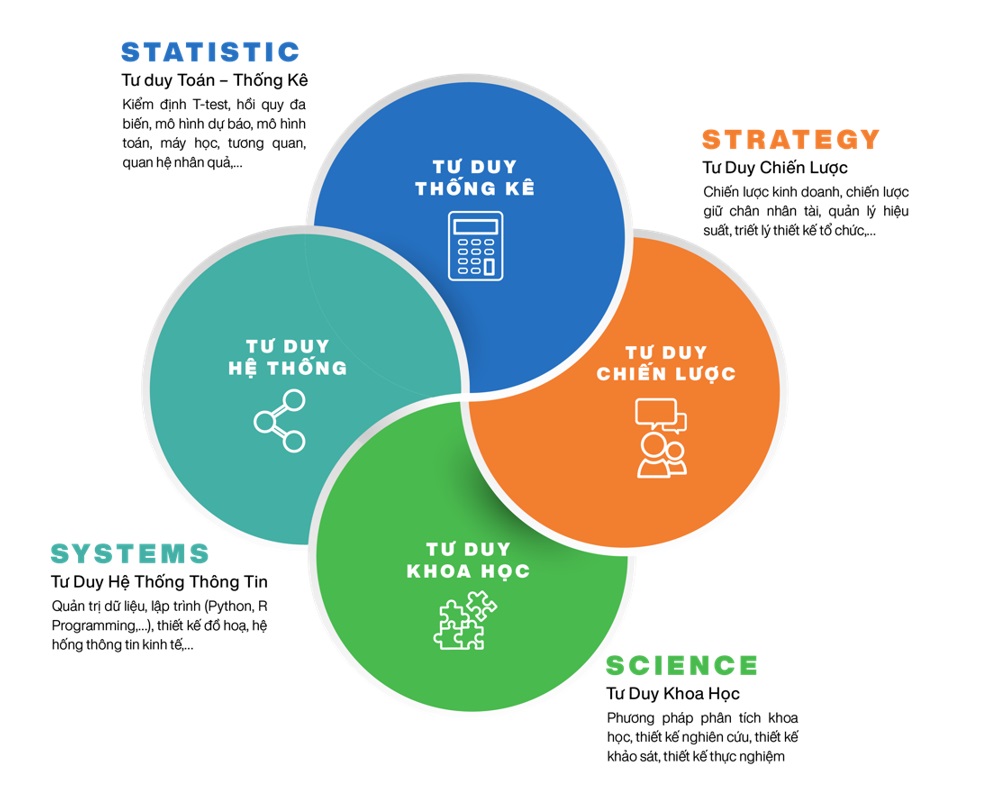
Figure 6: People Analytics’ 4S Thinking. West-based design by author team (2019)
In terms of the government: PA activities are closely related to highly self-hidden personal information. Therefore, PA application will be highly regulated by the legal framework on the protection of personal information. Currently, the Government is in the process of developing a decree on personal data protection chaired by the Ministry of Public Security. However, most of the discussion surrounding this decree has focused on issues listed as the theft of personal data in cyberspace, the illegal trading of personal data, and the requirement that service providers privacy service of users’ personal information. In parallel with the development and completion of the legal framework on personal data protection, the Government also needs to study and supplement to the labor legal framework new problems arising when employers use PAs to protect personal data. control and manage employee behavior, especially in the case of employers through platforms.
Please refer to the full research People Analytics at Việt Nam here
Author group: MSc. Vũ Hải Anh, MSc. Nguyễn Trần Minh Thành, Dr. Thái Trí Dũng, MSc. Võ Thành Tâm, Lecturer. Trần Đình Vinh – Department of Human Resource, University of Economics Hồ Chí Minh City (UEH).
This writing is in Series spreading researches and applied knowledge from UEH with “Research Contribution For All – Nghiên Cứu Vì Cộng Đồng” Message, UEH would like to invite Dear readers to look forward to Newsletter ECONOMY NO. #33 “Digital transformation in Healthcare at Việt Nam”.
News, photos: Author group, Department of Marketing – Communication UEH.


